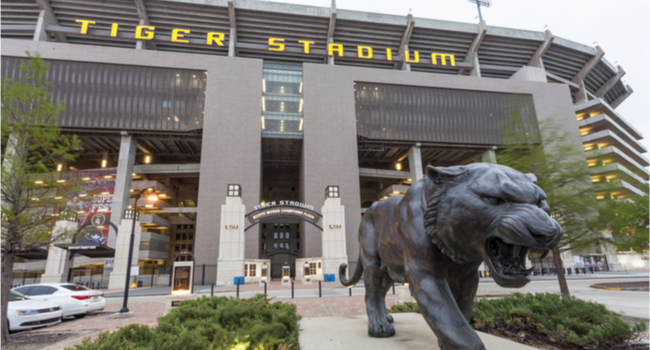
Alabama Student Facing 20 Years After Making a False Bomb Threat
Connor Bruce Croll was arrested for allegedly calling the Baton Rouge police to report a bomb at LSU's stadium. His claims were untrue and he now faces 20 years in prison.
- By Sherelle Black
- October 21, 2019
On Oct. 12 a University of Alabama student called Baton Rouge authorities to report a bomb at Louisiana State University’s stadium during the LSU and Florida game.
However, Connor Bruce Croll allegedly lied about there being a bomb at the stadium and he now faces up to 20 years with or without hard labor for “communication of false information of a planned bombing on school property at a school-supported function,” District Attorney Hillar C. Moore, III told Yahoo Sports.
Croll told authorities he called as a joke because one of his friends was losing a bet that was placed on the game.
Police did not take the call as a joke, however, and LSU police were immediately notified and followed established protocol, including calling in federal authorities and making a comprehensive sweep of the stadium and surrounding grounds, according to the university. With nothing discovered, the game resumed.
“The LSU police were extremely well prepared and ready for it,” Moore said to Yahoo Sports. “They planned for it. And there was fairly quick work by the police in Alabama. But this is the kind of thing that can make people very nervous. What if they had to evacuate the stadium? Surely there’d be widespread panic.
“How do you evacuate a stadium immediately when it takes hours to get everyone in there?” Moore continued. “There is no telling what kind of damage or danger that could come from that.”
Croll was arrested in Alabama and was transported from Tuscaloosa to Baton Rouge on Monday. He posted a $100,000 bond and is currently free.
About the Author
Sherelle Black is a Content Editor for the Infrastructure Solutions Group at 1105 Media.